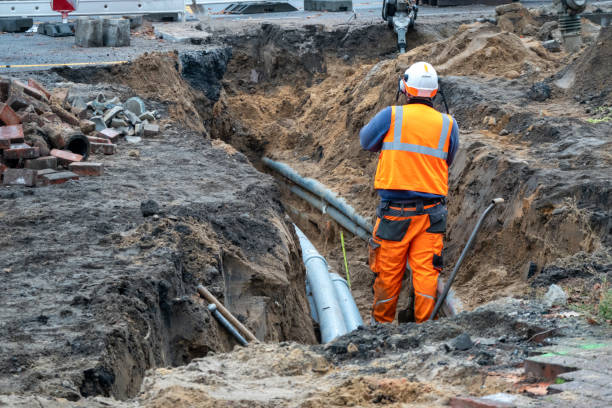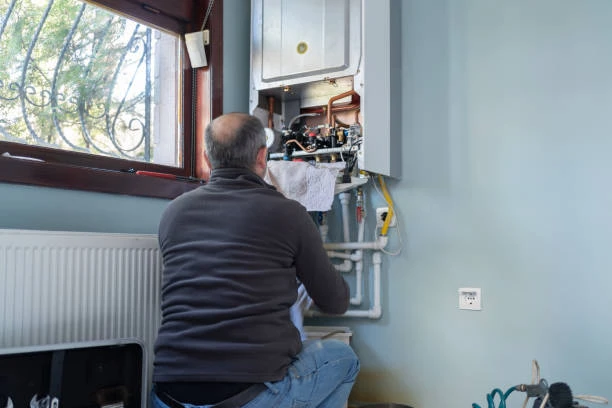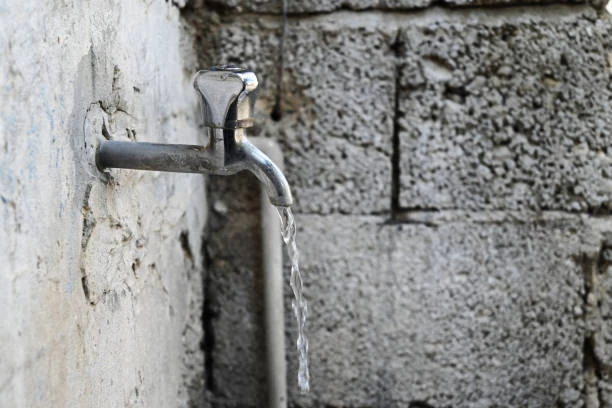
1. The Energy-Saving Role of Pipeline Fittings
Modern industries constantly seek ways to reduce energy consumption. PEX fittings brass play a key role by ensuring efficient fluid transport. These fittings minimize pressure drops in heating and cooling systems. For example, a well-designed PEX brass manifold optimizes water flow in radiant heating.
Additionally, their corrosion-resistant properties prevent energy-wasting blockages. Unlike plastic alternatives, PEX fittings brass withstand high temperatures without degrading. Factories using these components report lower pump energy usage. Thus, they contribute directly to sustainable operations.
2. How Brass PEX Fittings Reduce Energy Loss
Energy efficiency depends on minimizing leaks and friction. PEX fittings brass create secure, long-lasting connections that prevent leaks. Their smooth interior surfaces maintain optimal flow rates. For instance, PEX brass elbows in hydronic systems reduce turbulence significantly.
Moreover, brass resists mineral buildup better than other metals. This ensures consistent performance over time. Buildings with PEX brass plumbing require less heating energy due to better heat retention. These advantages make them ideal for energy-conscious projects.
3. Comparing Brass PEX Fittings to Plastic and Steel
Plastic fittings degrade under high heat, while steel corrodes over time. PEX fittings brass offer superior durability without heavy weight. They install faster than steel, reducing labor costs. For example, PEX brass crimp rings simplify repairs in tight spaces.
Furthermore, brass conducts heat efficiently in heating systems. Unlike plastic, it won’t warp under pressure. Industrial facilities prefer PEX brass adapters for their reliability. This combination of strength and efficiency supports long-term energy savings.
4. Thermal Efficiency of Brass PEX Fittings
Heat loss in pipelines increases energy demands. PEX fittings brass improve thermal transfer in hydronic systems. They maintain consistent temperatures better than plastic alternatives. For instance, PEX brass tees in district heating reduce heat dissipation.
Additionally, brass fittings prevent condensation issues common with steel. Hospitals use PEX brass valves for reliable hot water distribution. This thermal efficiency helps industries meet strict energy regulations.
5. Installation and Maintenance Benefits
Quick installation of PEX fittings brass saves time and energy. Their push-to-connect designs require no soldering or welding. Maintenance crews spend less time fixing leaks compared to corroded steel pipes.
For example, commercial buildings using PEX brass compression fittings experience fewer failures. Their long lifespan reduces replacement frequency. This lowers both operational costs and energy waste over decades of use.
6. Environmental Impact of Brass PEX Systems
Brass remains highly recyclable, reducing industrial waste. PEX fittings brass last longer than plastic, minimizing landfill contributions. Their production emits fewer greenhouse gases than steel manufacturing.
Moreover, leak-free PEX brass connections prevent water loss in municipal systems. Green construction projects increasingly specify these fittings. They align perfectly with circular economy principles in manufacturing.
7. Key Industrial Applications
PEX fittings brass serve critical roles across industries. Solar thermal plants use them for efficient heat transfer. Food processing facilities rely on their corrosion resistance.
Additionally, data centers employ PEX brass manifolds for precision cooling. Fire suppression systems benefit from their reliability. These diverse applications demonstrate their energy-saving versatility.
8. Future Innovations in Energy-Efficient Fittings
New PEX fittings brass designs may integrate smart sensors. These could monitor flow rates to prevent energy waste. Improved alloys might enhance durability further.
Furthermore, automated manufacturing will reduce production costs. As industries prioritize sustainability, PEX brass technology will evolve. Energy-conscious engineers will continue adopting these advanced solutions.
By implementing PEX fittings brass, industries achieve measurable energy conservation. Their durability, efficiency, and ease of installation make them indispensable for modern infrastructure.
IFNS Products international standards
IFNS products strictly adhere to a comprehensive range of international standards, encompassing ISO 15874, EN 15874, ASTM F2389, DIN 8077/8078, GB/T 18742, NBR 15884, ISO 15494, EN ISO 15494, GB/T 19472, NBR 15494, ASTM 2846 (501), DIN 8079/8080 (502), ASTM F441/F441M SCH80 (503), DIN (504), DIN (505), GB/T 18993, AS/NZS 1477, CSA B137.6, NSF/ANSI 14, TIS 17-2532/1131-2535, BS 3505, BS 4346 (801), ASTM D1785 SCH40 (802), ASTM D1785 SCH80 (803), DIN (804), GB (805), GB (806), GB(901), DWV(902), ASTM D2665 (903), along with ASTM D2241, D2665, D2729, and F441/F441M series, ISO 1452, EN ISO 1452, DIN 8061/8062, GB/T 10002, AS/NZS 1477, JIS K6741, CSA B137.3, and other national and industry norms.
Connect
IFNS is a Chinese manufacturer of plastic pipes, fittings and valves with 30 years of experience. If you are interest in IFNS copper fittings, copper valves, plastic pipes and fittings, please contact us. IFNS offers you a variety of standard pipes to meet your specific needs. Click below to learn more about IFNS’s wide range of affordable and cost-effective valve products and piping system related products.
We will reply your email or fax within 24 hours.
You can call us at any time if there is any question on our production.
For more information,pls visit our webside https://ifns.su/
Whatsapp: +86 15088288323









